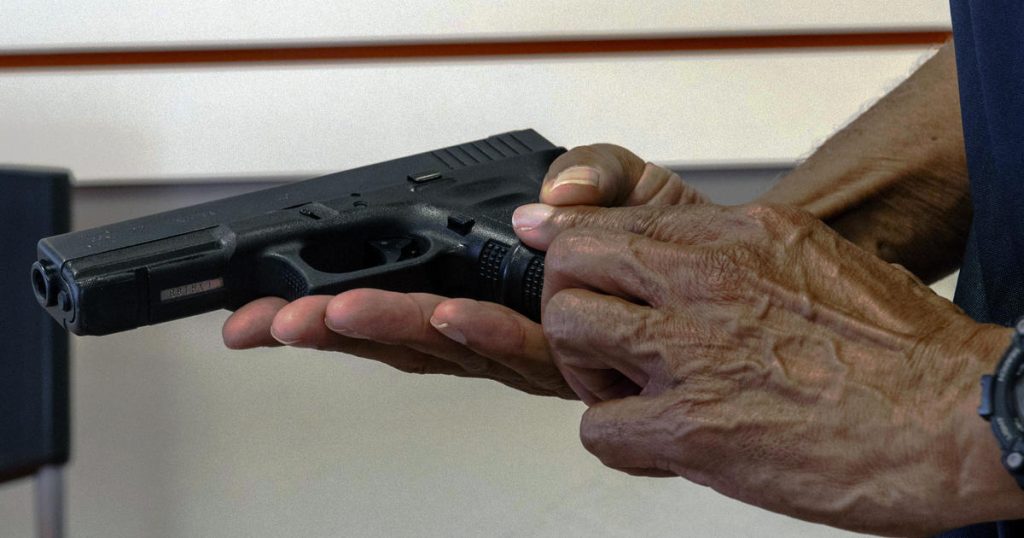An investigation by CBS News, The Trace, and Reveal from the Center for Investigative Reporting has uncovered that law enforcement agencies are selling or trading their old duty weapons, leading to these guns ending up in the hands of criminals. At least 52,000 guns traced back to police agencies have been used in various crimes, including shootings and domestic violence incidents. These findings raise concerns about the accountability and responsibility of law enforcement in handling their firearms, especially when it comes to public safety.
The data from the investigation reveals that over the past two decades, police agencies across the country have resold or traded in their weapons, with about 90% of agencies surveyed engaging in this practice. This raises questions about the effectiveness of gun buyback events hosted by these agencies, as they claim to be reducing the number of guns on the streets while simultaneously reselling their old firearms. The disconnect between these actions underscores the need for greater oversight and regulation in how law enforcement agencies manage their weapons.
The Tiahrt Amendment, passed by Congress in 2003, has limited public access to trace information about guns used in crimes, including those originating from law enforcement agencies. This lack of transparency hinders efforts to hold these agencies accountable for the guns they sell or trade, further complicating the issue of gun violence and illegal firearms trafficking. The amendment has continued to impede efforts by journalists and advocacy groups to access vital information on the origins of crime weapons.
While some police agencies choose to sell or trade in their old guns, others opt to destroy them to prevent them from falling into the wrong hands. Seattle police stopped trading in handguns in 2016 out of concern for where the guns might end up. Indianapolis Police Chief Christopher Bailey is considering changing their policy on trading in weapons after a former police duty gun sold by a California sheriff’s office was used in a shooting death. These decisions highlight the varying approaches that law enforcement agencies take in managing their firearms.
The revelations from the investigation have prompted police departments like Minneapolis and Newark to rethink their policies on selling weapons. Police Chief Brian O’Hara expressed the importance of preventing police-owned weapons from being used in violent crimes, emphasizing the need for stricter guidelines and accountability within law enforcement agencies. The acknowledgment of these issues and the commitment to change practices demonstrate a step towards greater responsibility and transparency in the handling of police firearms.
Overall, the investigation sheds light on a concerning trend of police guns ending up in criminal hands due to resale and trade-in practices by law enforcement agencies. The lack of oversight and regulation in this area poses a significant risk to public safety and underscores the need for stricter accountability measures. By bringing attention to these issues, there is an opportunity for reform within police departments to prevent their weapons from being used in violent crimes and ensure that they are handled responsibly.


